Climate change will create conditions more favorable for many kinds of extreme weather events. Ice storms may shift northward and deeper into the winter months. More intense hurricanes and the storm surges they generate – coupled with sea level rise – are projected to pose a major concern for coastal areas. Wildfires will intensify, and the fire season extend most of the year.
“The impacts of long-term global warming are already being felt — in coastal flooding, heat waves, intense precipitation and ecosystem change,” Gavin Schmidt, director of NASA’s Goddard Institute for Space Studies.
Fire is a National Crisis
Wildfires aren’t just a western crisis; the state with the most fires in 2018 was Texas; North Carolina ranked third.
| Rank | State | Number of Fires |
|---|---|---|
| 1 | Texas | 10,541 |
| 2 | California | 8,054 |
| 3 | North Carolina | 3,625 |
| 4 | Georgia | 2,572 |
| 5 | Florida | 2,249 |
| Rank | State | Acres Burned |
|---|---|---|
| 1 | California | 1,823,153 |
| 2 | Nevada | 1,001,966 |
| 3 | Oregon | 897,263 |
| 4 | Oklahoma | 745,097 |
| 5 | Idaho | 604,481 |
The National Climate Assessment, released in November 2018, suggests western wildfires could increase between 200 percent and 500 percent by mid-century. The southern fire season could extend to a full year because of climate change and increased development in the wildland-urban interface.
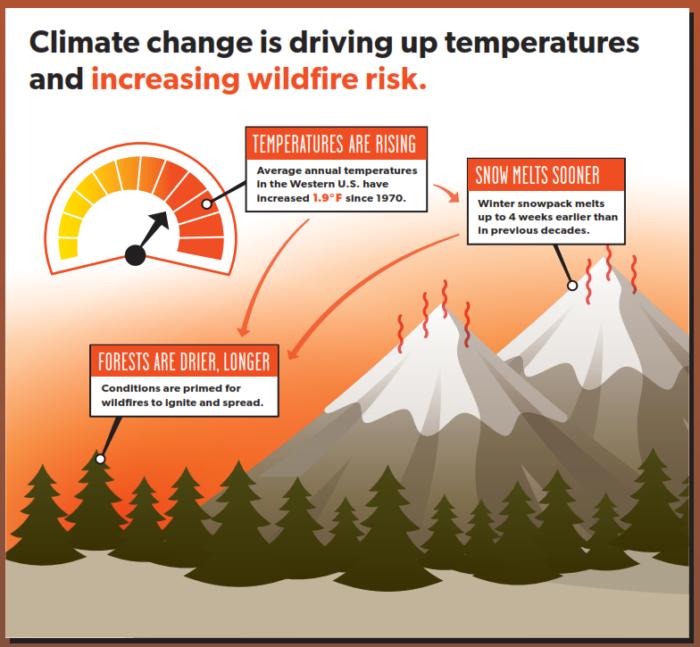
Flooding: More Often, More Devastating
Flooding is the natural hazard with the greatest economic and social impact in the United States. It exacts a heavy tool even without a named storm or event. Major freshwater flood events from 2004 to 2014 cost an average of $9 billion in direct damage and claimed 71 lives annually.
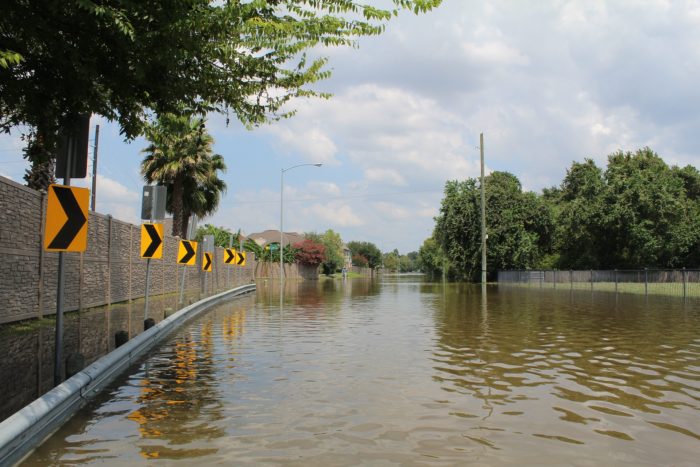
Flooding may become a fact-of-life for some coastal and riverfront communities
And the damage to communities and people will become more severe over time.
“Nearly two-thirds of the Lower 48 states face an elevated risk for flooding through May, with the potential for major or moderate flooding in 25 states,” according to NOAA’s U.S. Spring Outlook.
Not all will be designated “disasters.” But the cumulative impact of even multiple, minor flooding can have devastating effects on urban forests – and municipal budgets. At greatest risk are low-income, elderly, renters, and racial and ethnic minority residents in vulnerable communities. The National Academy of Science just published Framing the Challenge of Urban Flooding in the United States.
The Seas are Rising
Of the 25 most populous counties in the US, fully 23 are considered coastal. And while it’s impossible to predict precise impacts, some facts are certain. Even the low estimate has the potential to flood significant portions of these communities’ urban forest.
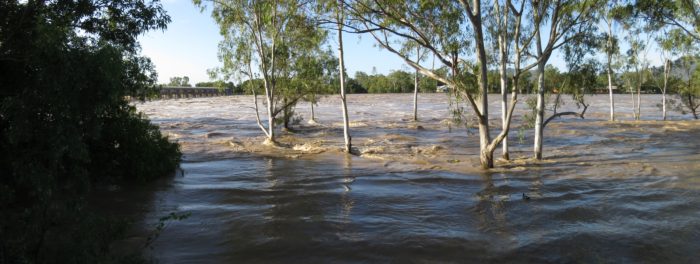
Sea level rise poses high risk even to inland neighborhoods.
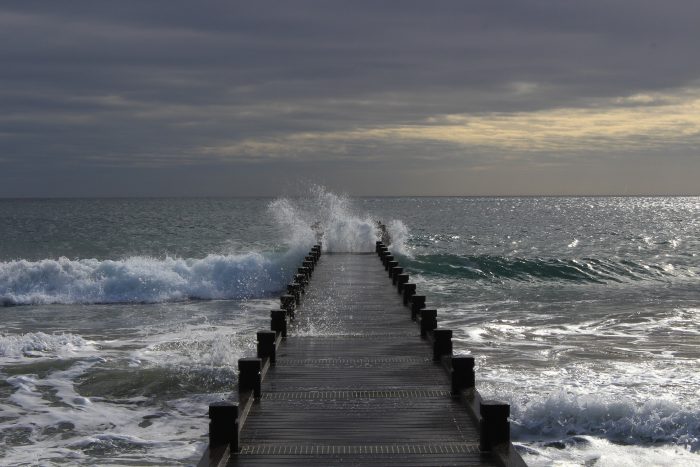 NOAA predicts with “…very high confidence that global mean sea level will rise at least 0.2 meters and no more than 2.0 meters by 2100.”
NOAA predicts with “…very high confidence that global mean sea level will rise at least 0.2 meters and no more than 2.0 meters by 2100.”
Ice storms
When a quarter-inch or more of ice builds up, severe impacts can result. Ice can increase the weight of tree branches by up to 30 times and can add 500 pounds of extra weight to power lines. Consequently, tree branches, power lines and power poles can fall. After a half-inch build-up, the effects will be felt for days — leading to sustained power loss and potential hypothermia.
While ice storms can’t be prevented, you can minimize their impact by choosing trees that can survive them — then maintain these trees to keep them free of flaws and defects.
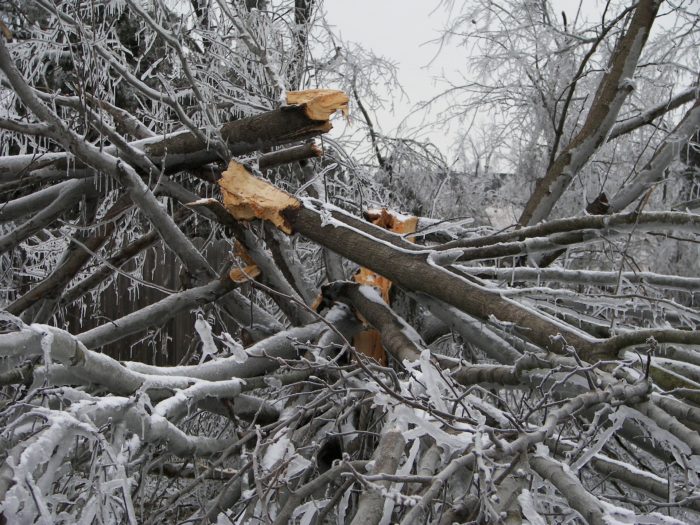
When ice thickness exceeds half-an-inch, trees fall.
Eugene, Oregon confronted this challenge. And met it. Read how they met the challenge in real time.
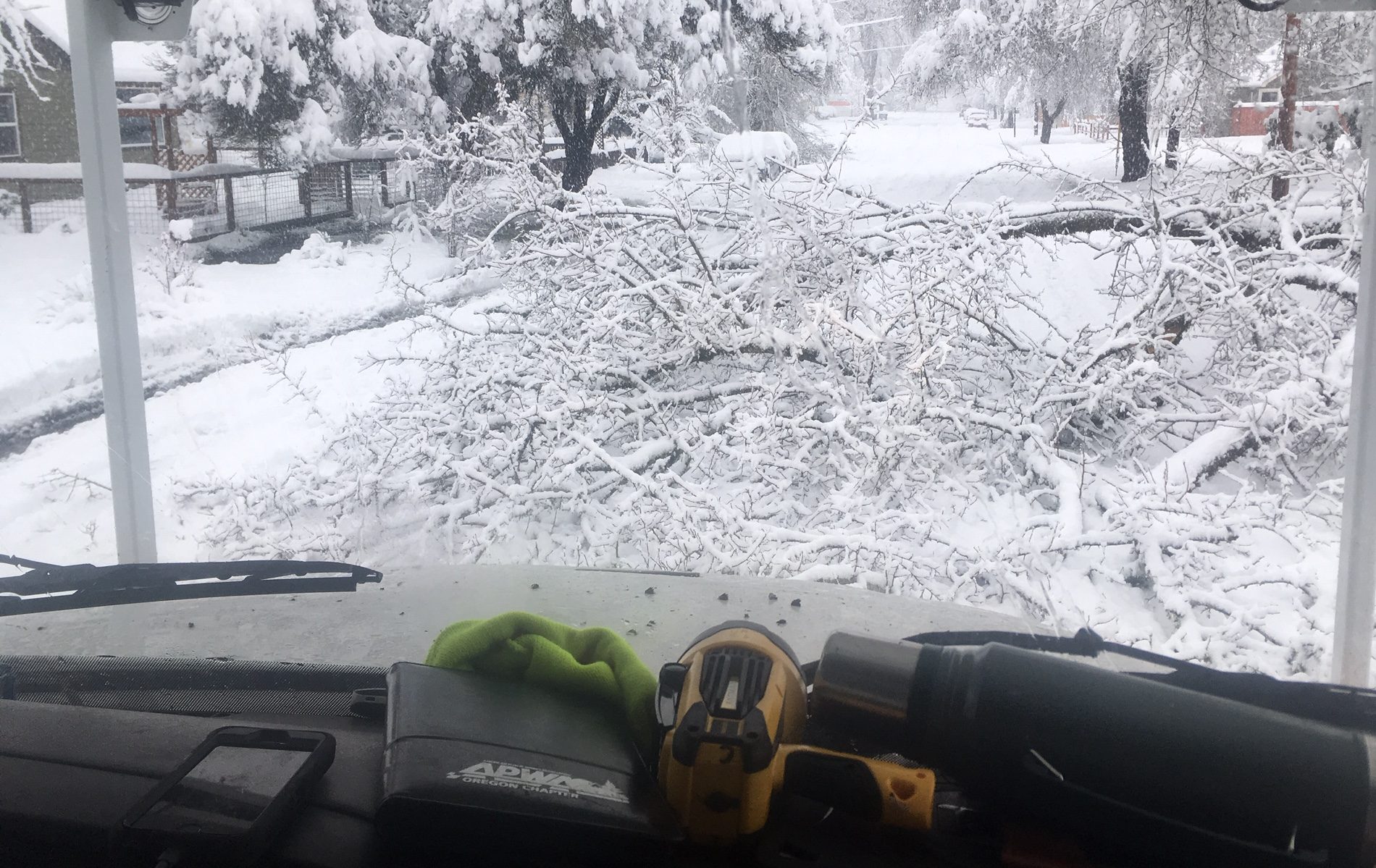
Disasters that Creep
More unintended damage has been done to trees in the US by disease and “imported” pests than by just about anything else. And we’ve got plenty of them.
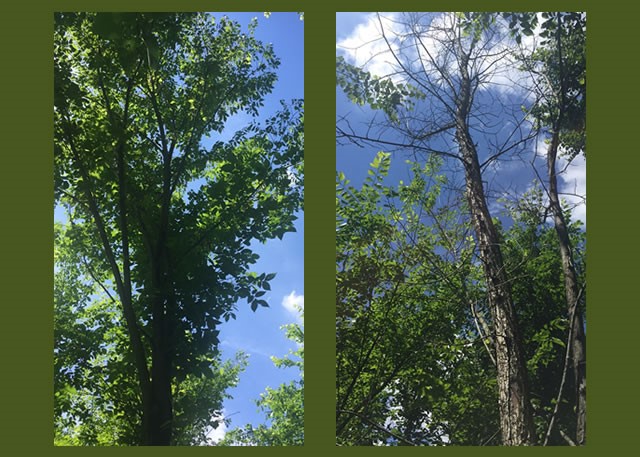
The Emerald Ash Borer is just the most recent pest to destroy huge swaths of US forests. Now affecting some 35 states, the economic damage could reach past well past $10 billion – costs borne largely by municipal governments. It’s coming to you. And it could drain your budget.

